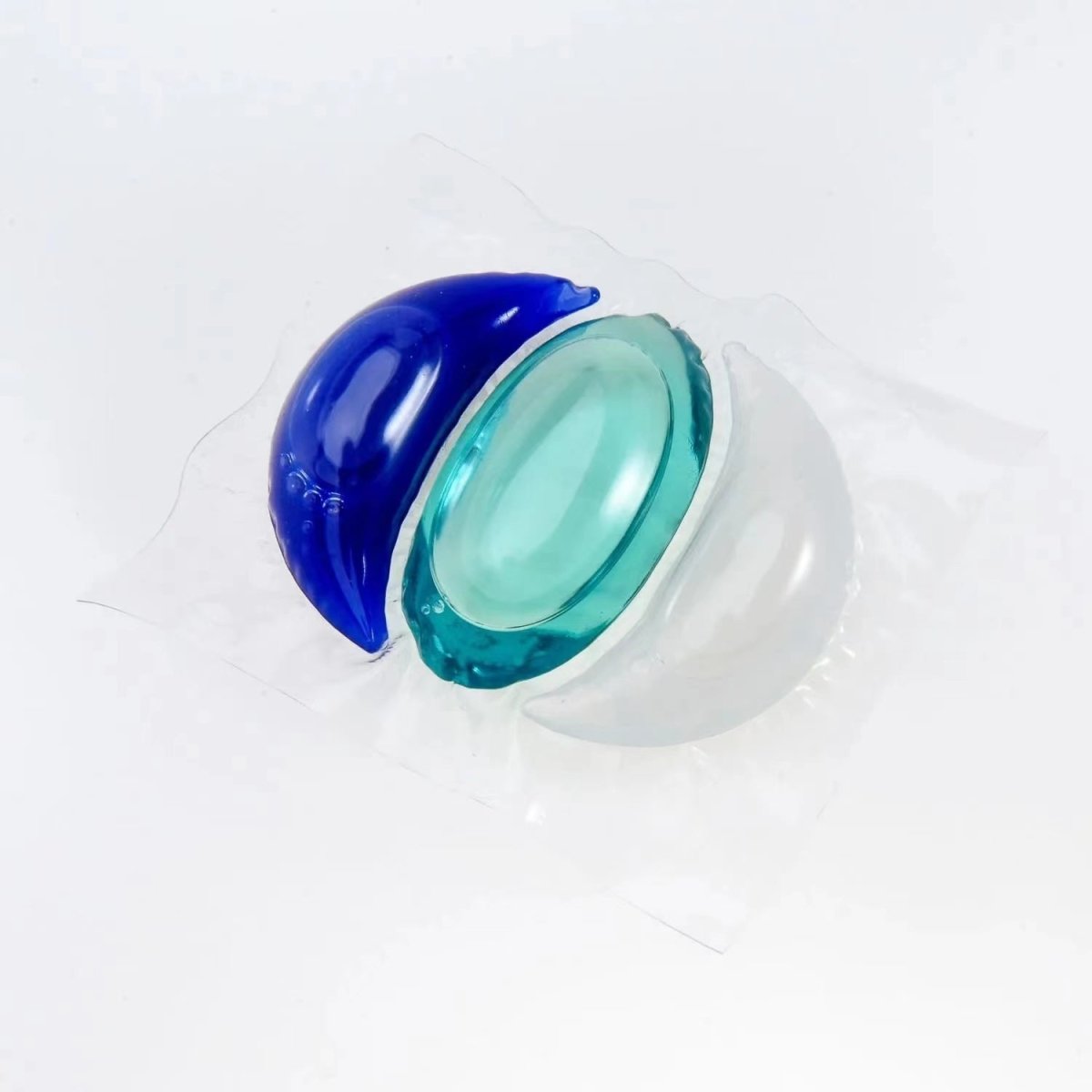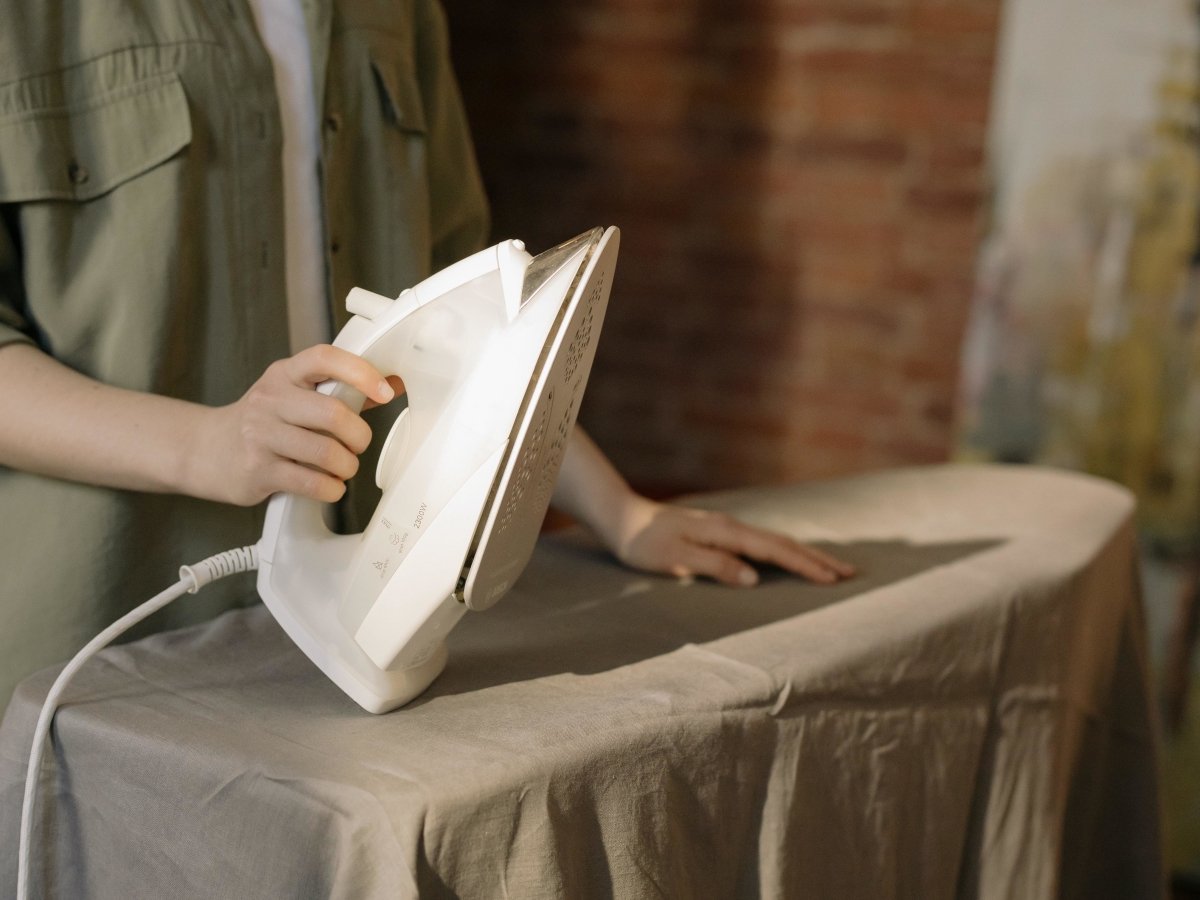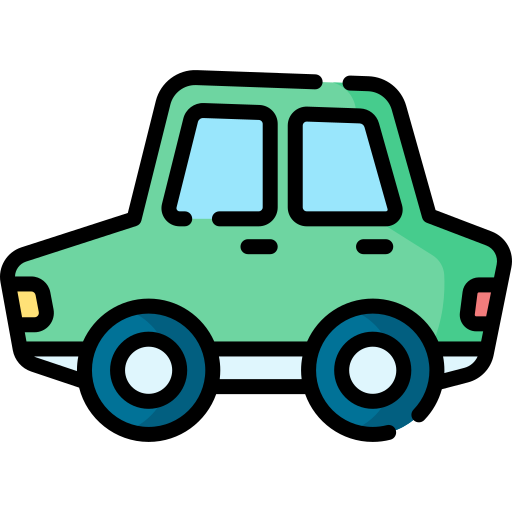Tips for Saving Water at Home during the Drought 2022
Most countries are experiencing drought as of early August, some of which are under water restrictions. Climate change and natural variability are driving 2022 into a year of extreme weather events, from scorching heatwaves and unusually heavy downpours.
Based on the data, 51.39% of the contiguous U.S. was classified as experiencing moderate to exceptional (D1-D4) drought.
As concerns of drought grow, learning how to save water will not only protect vital reservoir resources but help save huge household bills for you.
Here we gather useful measures that most people are adapting. Take a look at the best tips you can steal below!
Laundry

Laundry is what we can't skip over. In extremely hot weather you have to wash your laundry often to keep fresh, but on the other hand, you're cringing at the amount of water you're using. To save water during drought, here are 4 easy hacks.
- Wear longer, wash less
Most people wash their clothes unnecessarily. Instead of chucking the clothes into the laundry basket after one wear, consider wearing them a second time or even longer if those items do not have stains or bad odor.
- Change your wardrobe colors
The lighter colors, of course, can easily get stains or smells. If you are trying to save on water usage during drought, switch your wardrobe colors to darker colors like black and blue jeans. By wearing darker outfits you are able to skip frequent washes.
- Use biodegradable laundry detergent sheets
Laundry detergent sheets are a perfect option for household washes. If you have the chance to use them once, you'll know they share exactly the same cleaning power as liquid and powder detergents. These sheets are helping you to run or do fewer rinse cycles because of their low foaming formula, and save water and energy for your washing machine. They contain naturally derived ingredients without paraben, phosphorus, bleach and other toxic chemicals.
- Consider a high-efficiency washing machine
HE machine is designed to save energy, water and detergent required for each wash and rinse. In the long run it also helps save large water bills.
Bathroom

- Limit shower length
Many of us tend to take longer shower times when showering rather than bathing in the tub. In the average American home, showering drives about 17% of water use and the average American family uses upwards of 40 gallons of water in the shower per day. If possible, choose bathing because you can capture nearly all the water that would ordinarily go down the drain.
-Install an efficient showerhead
Limit shower length and get yourself a more efficient showering appliance for maximum water saving.
The efficient or low-flow showerheads are readily available in recent years, claiming to reduce water consumption by half, saving as much as a gallon per minute which can add up to more than 5,000 gallons a year.
According to EPA, water-saving showerheads that earn the WaterSense label are supposed to use no more than 2 gallons of water per minute.
- Capture the water in the shower when it's heating up
Use buckets or cans to collect shower water that is wasted while waiting for the hot water to reach, and then use it on the garden plants and vegetables.
Around 20% of water is wasted when heating up. A study said that this wasted water amounts to roughly 1.2 trillion gallons of water per year in the United States - enough water to supply the needs of New York and New Jersey annually.
For some areas that are experiencing water restrictions, collecting wasted water in the shower for watering outside plants is a sustainable way to avoid running out of water as drought fears continue.
- Turn off the faucet while brushing your teeth
Don't let the water run while you brush your teeth.
- Replace old toilets
Modern toilets are designed to use less water when you flush.
Dish

Just like the HE machine and low-flow showerheads, using your dishwasher could actually be more water efficient than washing and rinsing in the sink. But whether you use a dishwasher or wash lots of items by hand, these hacks can help save as much water during the drought.
- Make sure your dishwasher is full before running it
- Stop pre-rinsing dishes before loading them into the dishwasher
You might think it helps the dishwasher get the dishes cleaner. But according to Consumer Reports, Wall Street Journal, and Good Housekeeping, pre-rinsing isn't necessary with modern dishwashers because they are able to adjust the wash cycle based on how soiled the dishes are.
- Turn off the faucet while washing dishes by hand
Do the same as you brush your teeth and don't run the faucet when cleaning. The best way is to fill the sink with soap and water, then flip the tap on rinsing.
Tree Hugger reports that unless you can wash each soiled bowl or plate with just over a cup of water, the dishwasher wins. Conserving water at home while using the dishwasher will save your family time and help the planet especially in the drought.
Garden

- Check for leaks
A leak can waste many gallons of water a day. Check all plumbing for leaks and have them repaired by a plumber.
- Replace the hose
In hot and dry weather, water used outdoors can up to 50% amount of the total used. A hose, is commonly used to clean your garden, water your plants or wash your car. But it uses around 135 liters of water for every 15 minutes of use. Use a water can or bucket instead of a hose to avoid using massive water. If you do use a hose, use a trigger to control the flow.
- Apply self-watering planters to water your plants
Self-watering spikes on the market help a lot to not only control the water amount your plants need for a slow deep watering, but save your time to take care of them.
- Consider drought-tolerant plants
Didn't you water your trees or vegetables too often in your garden? Leave plants and shrubs dry until they show signs of wilting because watering too often will make roots shallow and weaken plants. Besides using the drip irrigation kits, you can also consider replacing them with drought-tolerant plants.
- Apply mulch to plants, trees and shrubs
Cover the soil with mulch around the base of plants to reduce the evaporation of water from the soil. Plants can survive better when mulched. Low-maintenance gardens reduce the work of watering, weeding, fertilizing and similar chores while increasing your harvest. Using mulch reduces maintenance chores for you while encouraging plant growth and saving water during the drought.
- Water your plants early in the morning or late at night
This is actually helping the water find its way to reach the root where it's needed because the water can easily evaporate in the heat of the day.
- Make use of greywater
Any water that is used from your bathtubs, showers, sinks, and washing machines, except from toilets, is called greywater. While greywater may look dirty, it is a safe and even beneficial source of irrigation water in a yard.
Collect the water from baths and showers to water non-edible plants - straight into the soil instead of the foliage.
You can also start reusing greywater by hiring a plumber to set up an automatic irrigation system in your yard. So when you're doing the laundry or washing the dishes, you're also watering the trees and shrubs in your garden.
Reusing greywater makes eco sense and that helps you keep a healthy and sustainable lifestyle especially in the drought.
Final words
Drought is one of the most damaging natural disasters that we have faced in recent years. In summer 2022, parts of the world are experiencing drought conditions exacerbated by heat waves. By bringing simple water-saving ideas and solutions, we can reduce the impact of drought as well as live an ecological life.







Leave a comment
This site is protected by reCAPTCHA and the Google Privacy Policy and Terms of Service apply.